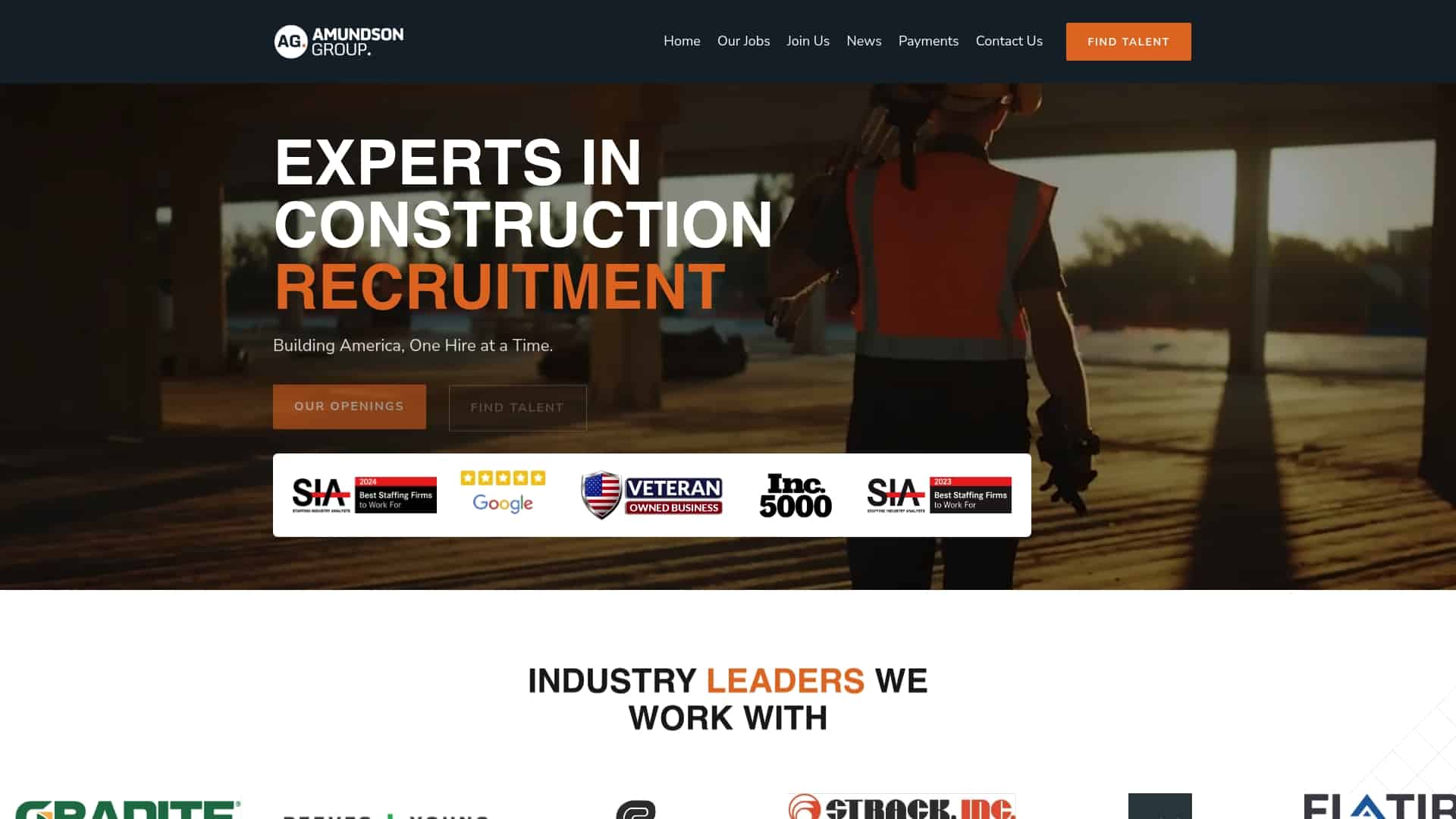Understanding the Impact of Staff Retention on Organizational Success
Staff retention directly impacts your organization’s bottom line and operational effectiveness. High employee turnover carries substantial financial consequences beyond simple recruitment costs. According to research from Oxford Economics and Unum, replacing an employee earning $25,000 or more costs organizations approximately $30,614, with $5,433 dedicated solely to recruitment expenses.
Beyond financial implications, employee retention affects your organization in several critical ways:
- Knowledge preservation: Long-term employees possess invaluable institutional knowledge that’s difficult to replace and document
- Service consistency: Stable teams deliver more consistent service quality and maintain stronger client relationships
- Team cohesion: Established teams collaborate more effectively and require less management oversight
- Workplace culture: Low turnover fosters a positive environment where employees feel valued and secure
- Competitive advantage: Organizations with high retention rates can focus on innovation rather than constant onboarding
Improving staff retention requires a strategic approach that addresses both immediate and long-term employee needs. Organizations that invest in structured retention strategies experience significantly higher productivity levels and improved customer satisfaction. Effective ways to improve staff retention start with understanding what truly motivates your specific workforce and implementing targeted initiatives to address those factors.
Key Takeaways
| Takeaway | Explanation |
|---|---|
| High turnover reduces organizational effectiveness | High turnover leads to knowledge loss, inconsistent service, and negative impacts on workplace culture. |
| Positive workplace culture is key to retention | A positive environment increases employee satisfaction and promotes loyalty, leading to lower turnover rates. |
| Compensation and benefits are essential | Competitive compensation packages that include comprehensive benefits directly impact employee retention. |
| Development opportunities influence engagement | Providing career growth opportunities is crucial for retaining talent, as many employees prioritize development. |
| Transparent communication builds trust | Open and honest communication enhances employee trust in leadership, resulting in greater commitment and retention. |

Cultivating a Positive Workplace Culture to Retain Talent
Workplace culture serves as the foundation for successful employee retention strategies. A positive work environment directly correlates with higher retention rates and improved organizational performance. According to research from Deloitte, 88% of employees and 94% of executives believe a positive workplace culture is essential for business success.
To create a culture that effectively supports staff retention:
- Promote transparent communication: Establish clear channels for feedback and ensure leadership maintains open-door policies
- Recognize achievements: Implement regular recognition programs that celebrate both individual and team accomplishments
- Foster work-life balance: Offer flexible scheduling options and respect boundaries between professional and personal time
- Build meaningful connections: Create opportunities for team bonding and cross-departmental collaboration
- Live your values: Ensure company values are reflected in daily operations and decision-making processes
Effective ways to improve staff retention through cultural initiatives should focus on creating an environment where employees feel valued, heard, and supported. When employees experience a sense of belonging and purpose, they’re significantly more likely to remain with your organization long-term. Culture-building isn’t a one-time effort but requires consistent attention and refinement based on employee feedback and changing workforce dynamics.
Optimizing Compensation, Benefits, and Work-Life Balance
Effective compensation and benefits packages serve as critical components in any staff retention strategy. Organizations with strong compensation and benefits experience 56% lower attrition rates than those rated poorly in these areas, according to LinkedIn global trends research.
Creating compensation packages that genuinely retain talent requires looking beyond base salary to consider:
- Comprehensive benefits: Health insurance, retirement plans, and paid time off that address employees’ core needs
- Financial incentives: Performance bonuses, profit sharing, and equity options that align employee success with company growth
- Flexible work arrangements: Remote work options, flexible hours, and compressed workweeks that accommodate diverse lifestyles
- Wellness programs: Mental health support, fitness subsidies, and stress management resources that show investment in employee wellbeing
- Professional development funds: Learning stipends, certification reimbursements, and conference attendance that demonstrate commitment to growth
Work-life balance has become increasingly important for employee retention, with research showing that many professionals would accept up to a 14% pay cut for flexible work options. Regular compensation reviews ensure your packages remain competitive with industry standards, while transparency in compensation structures builds trust and reduces speculation among team members.
To improve staff retention through compensation strategies, focus on creating packages that reflect your company values while addressing employees’ evolving priorities and life stages.
Investing in Employee Development and Career Growth
Professional development opportunities stand out as one of the most powerful ways to improve staff retention. Career growth prospects are critical for 71% of employees when deciding whether to stay with an organization, according to research from the Association for Talent Development. Companies that implement formal career development programs experience 50% higher employee engagement scores compared to those without structured growth pathways.

Effective employee development strategies include:
- Personalized development plans: Collaborate with each employee to create customized growth roadmaps aligned with both individual aspirations and organizational needs
- Skills training programs: Provide access to workshops, courses, and certification opportunities that enhance job-related capabilities
- Mentorship initiatives: Connect less experienced team members with seasoned professionals for knowledge transfer and guidance
- Cross-departmental exposure: Create opportunities for employees to work on projects outside their primary role to broaden their skill sets
- Leadership development tracks: Identify high-potential employees and invest in developing their management capabilities
The evidence for development’s impact on retention is compelling, with 93% of employees stating they would stay longer at companies that invest in their careers. Organizations implementing comprehensive development strategies not only retain top talent but also build stronger internal pipelines for succession planning, reducing recruitment costs for leadership positions.
Regular career conversations between managers and team members ensure development remains aligned with evolving employee goals and organizational needs, making this retention strategy sustainable for the long term.
Enhancing Engagement Through Transparent Communication Strategies
Transparent communication serves as a cornerstone of effective staff retention strategies. Research shows that 67% of employees consider transparent communication from leadership crucial for building trust, according to an Edelman survey. When employees understand organizational decisions and feel included in the information flow, their commitment to the company significantly increases.
Implementing transparent communication practices that improve staff retention includes:
- Regular company updates: Schedule consistent all-hands meetings where leadership shares business performance, challenges, and strategic direction
- Two-way feedback channels: Create structured mechanisms for employees to voice concerns and suggestions without fear of repercussions
- Decision context sharing: Explain the “why” behind major decisions rather than just announcing changes
- Access to information: Remove unnecessary information silos and ensure employees have the data they need to perform effectively
- Crisis communication protocols: Develop clear communication plans for challenging situations to maintain trust during difficult periods
The gap between leadership perception and employee experience regarding communication transparency is substantial. While 77% of leaders believe they provide sufficient context in their communications, only 46% of employees agree. This disconnect highlights the importance of regularly evaluating communication effectiveness through employee feedback.
Transparent communication not only builds trust but also reduces the significant costs associated with workplace conflict. Organizations with strong communication practices experience higher productivity, improved morale, and ultimately, better staff retention rates.
Empowering Leadership with Recognition and Continuous Feedback
Leadership style significantly impacts employee retention, with empowering leadership proving particularly effective at reducing turnover. Gallup research reveals that 80% of employees who received meaningful feedback in the previous week reported feeling fully engaged with their work, according to workplace engagement studies. This direct correlation between recognition, feedback, and engagement translates to stronger staff retention.
Effective leaders employ several key practices to empower team members and improve retention:
- Regular recognition: Acknowledge both major achievements and small wins through formal and informal recognition channels
- Timely, specific feedback: Provide concrete, actionable feedback tied to specific behaviors rather than general comments
- Autonomy and trust: Delegate meaningful work and demonstrate confidence in employees’ decision-making abilities
- Coaching-oriented management: Focus on developing employees through questions and guidance rather than directive management
- Personalized motivation: Understand what drives individual employees and tailor recognition approaches accordingly
Empowering leadership extends beyond delegation to include mentoring, constructive feedback, and creating environments where employees feel confident making decisions. Organizations that implement structured recognition programs experience multiple benefits beyond retention, including increased productivity, stronger team cohesion, and enhanced organizational reputation.
To improve staff retention through leadership development, invest in training managers on recognition best practices and feedback delivery techniques. Measuring the effectiveness of recognition through employee surveys helps refine approaches and ensures initiatives align with what employees truly value.
Frequently Asked Questions
How does staff retention impact organizational success?
High employee turnover can lead to significant financial losses, reduced service quality, and a negative workplace culture. Retaining staff helps preserve knowledge, consistency, and team cohesion, ultimately enhancing operational effectiveness.
What are the most effective strategies for improving staff retention?
Key strategies include fostering a positive workplace culture, offering competitive compensation and benefits, providing career development opportunities, ensuring transparent communication, and empowering leadership with recognition and feedback.
Why is a positive workplace culture important for staff retention?
A positive workplace culture increases employee satisfaction, fosters loyalty, and creates an environment where staff feel valued and secure, leading to lower turnover rates.
What role does employee development play in retention?
Employee development is crucial as 71% of employees prioritize career growth opportunities. Organizations that invest in structured development programs see higher engagement and retention rates.
Elevate Your Workforce: Unlocking Retention with Amundson Group
Navigating the construction industry can be a challenge, especially when it comes to attracting and retaining top talent. As noted in our recent article, **high employee turnover not only incurs financial costs but also jeopardizes knowledge preservation, service consistency, and workplace culture. With many professionals prioritizing development opportunities and transparent communication, addressing these retention challenges is paramount to your success.
At Amundson Group, we specialize in bridging the gap between skilled professionals and construction companies seeking to cultivate a thriving workforce. Our expertise in construction recruitment ensures that your organization connects with candidates who align with your values and vision. With our user-friendly job search functionality and strategic partnerships, we help you create a working environment that values employee growth and satisfaction.

Are you ready to build a more engaged and loyal team? Discover how our tailored talent acquisition solutions can transform your recruitment process. Act NOW to ensure your workforce is not just filled but inspired! Visit Amundson Group today and take the first step towards improving your staff retention rates!





